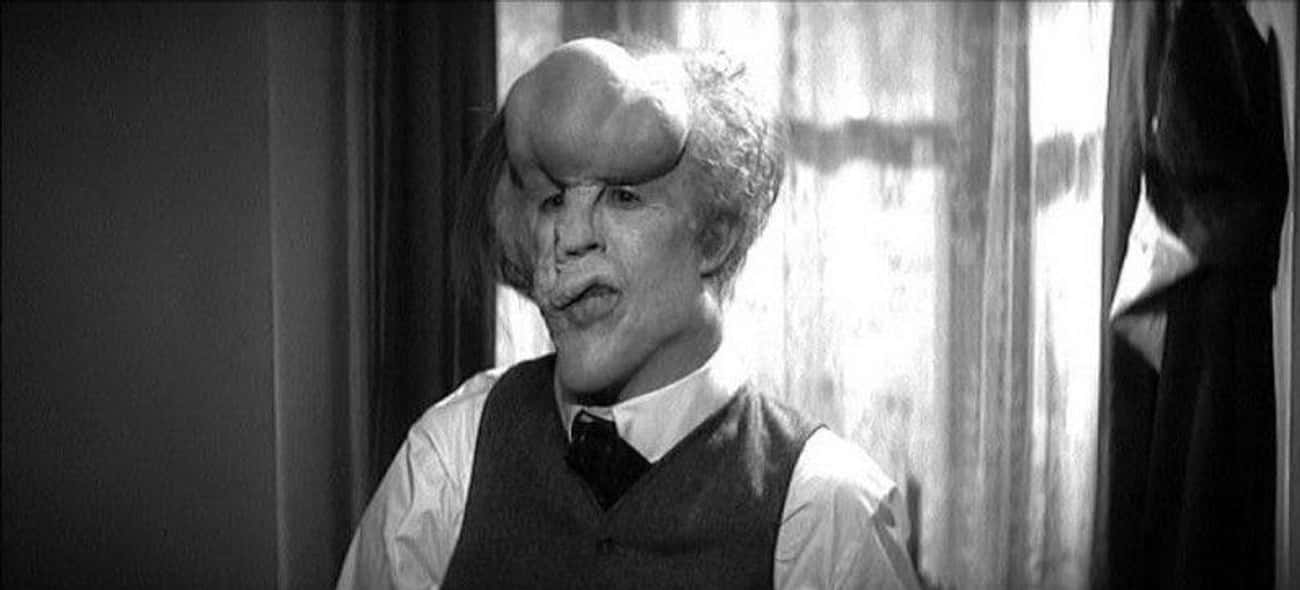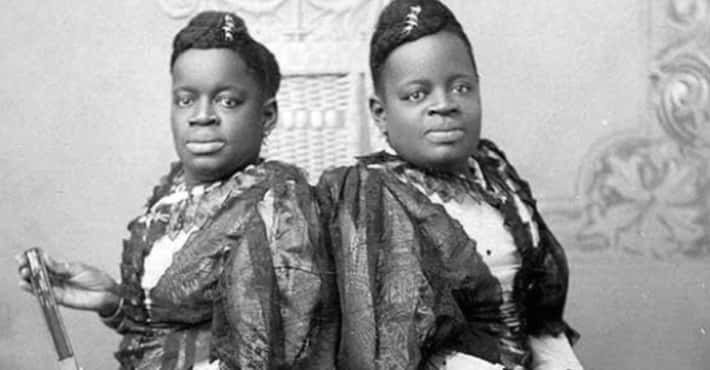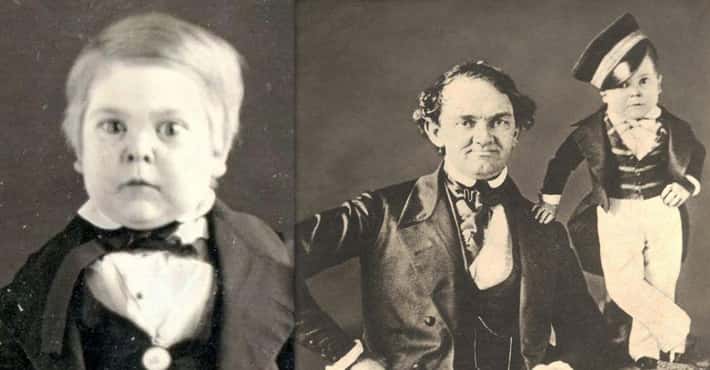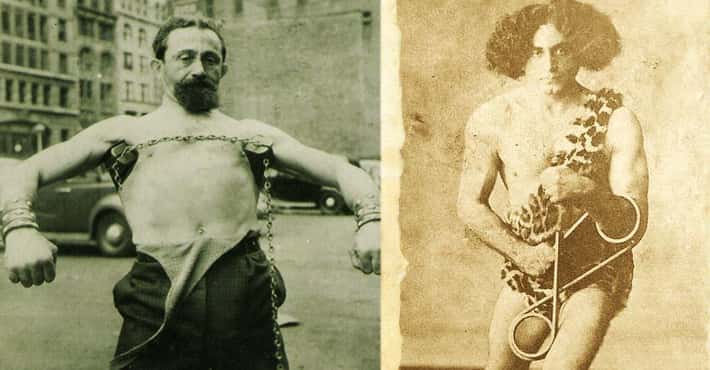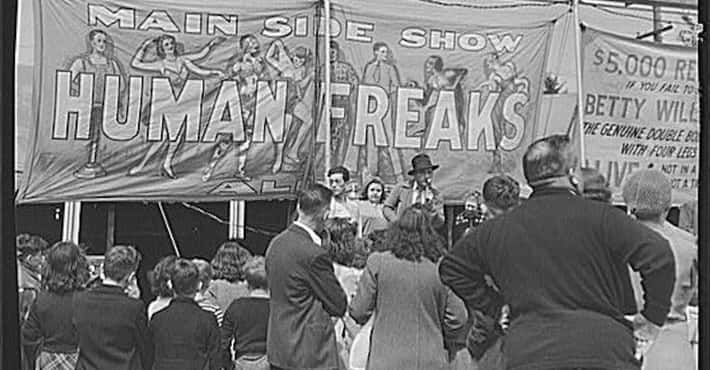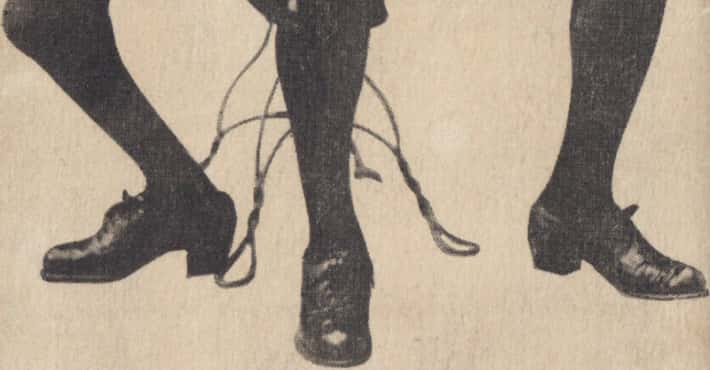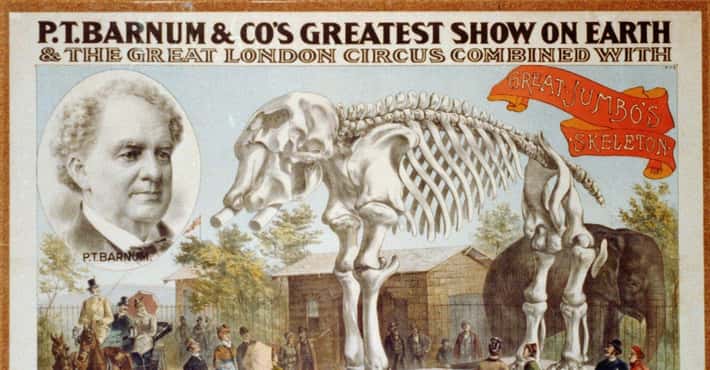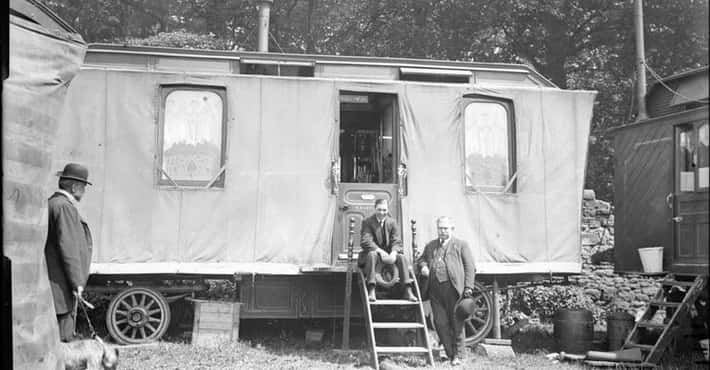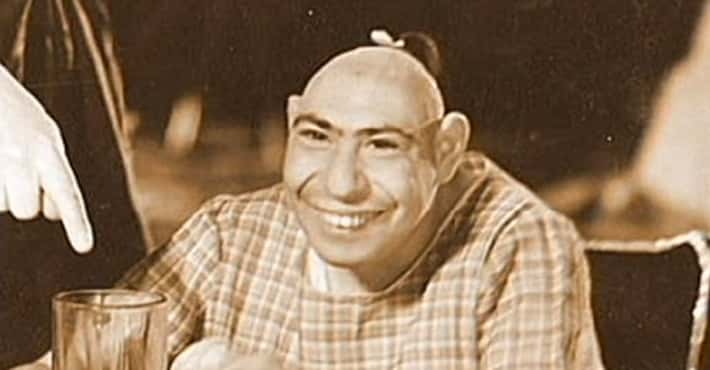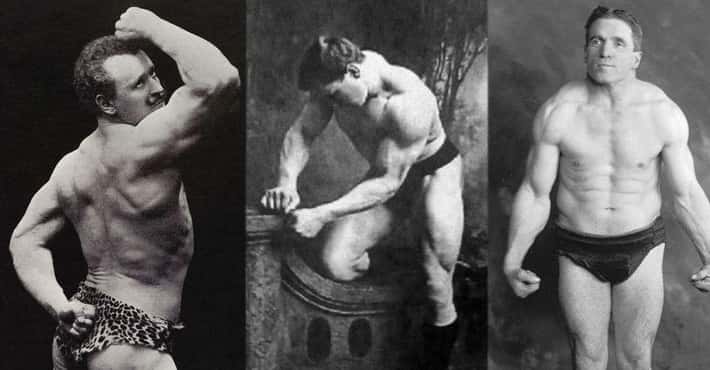Heartbreaking Facts About Joseph Merrick, The Elephant Man
- Photo: Unknown/British Medical Journal / Wikimedia Commons / Public Domain
He Was Born A Healthy Child
Joseph Carey Merrick was born to Joseph and Mary Jane Merrick on August 5, 1862 in Leicester England. For the first five years of his life, Joseph was a happy and healthy little boy, completely unaware of the horrific disfigurement that was to come.
It was around the age of five that patches of discolored, lumpy skin began to appear on his body, which his parents actually thought were the result of Mary Jane being scared by a stampeding elephant while she was pregnant. Merrick was able to have a relatively normal childhood and attend school, though his condition worsened significantly as he got older.
- Photo: Unknown/Royal London Hospital Archives / Wikimedia Commons / Public Domain
He Had Three Siblings Who All Died Remarkably Young
For Joseph and Mary Jane Merrick, creating a family proved to be a doomed endeavor. Joseph Carey was the first of three of the children born into the family who would die at young ages. His brother William Arthur, was born in January of 1866 and died from scarlet fever in December of 1870 at just four years old. His sister, Marion Eliza, was born in September of 1867, also with physical disabilities - though less severe than those of Joseph himself - and she died of Myelitis-related seizures in 1891.
- Photo: The Elephant Man / Paramount Pictures
When He Was Just 11 Years Old, His Mother Passed Away
In 1873, Joseph's mother died of bronchial pneumonia. He was just 11 years old, and his condition was beginning to worsen. Joseph had a special bond with his mother, who cared for and nurtured him. Merrick would later describe the death of his mother as the “greatest sadness in my life.”
His father would remarry just one year later, but the passing of Merrick's mother marked the end of his life's only loving relationship.
- Photo: The Elephant Man / Paramount Pictures
He Was Beaten And Rejected By His Father
After the death of his mother, the road got significantly tougher for the still young Joseph. His father remarried, and Joseph left school at 13 to find work, spending time as a door-to-door salesman with a burlap sack covering his face until growths on his hand rendered him unable to work. At 17, Joseph was expelled from his home by his father, who had severely beaten him for being unable to earn money.
Forced out onto the streets, the teenaged Merrick was homeless and starving. His uncle briefly took him in, but unable to care for him in his condition, he was soon forced to send his ailing nephew out into the world on his own.
- Photo: The Elephant Man / Paramount Pictures
He Was Forced To Live In A Workhouse At 17
17 years old and homeless with a rare medical condition, Joseph Merrick had no choice but to seek refuge at the Leicester Union Workhouse. Workhouses at that time were prison-like environments where those considered unemployable performed grueling labor. Merrick was miserable in the Union Workhouse, and he despised his time there. After a few years, his condition worsened and left him unable to perform the tasks given to him, so he left in 1884 to strike out on his own.
- Photo: The Elephant Man / Paramount Pictures
Even Doctors Looked At Him Like A Human Oddity
After leaving the Leicester Union Workhouse in 1884, Merrick decided to capitalize on his disfigurement by joining a human oddities show. As a part of the Gaiety Palace of Varieties, he became known as “The Elephant Man, Half-Man, Half-Elephant," and he was exhibited in Leicester, Nottingham, and London to much fanfare.
It was during his time in the capital city that he was displayed across the street from the London hospital, where doctors and surgeons would come marvel at his condition - even to trained professionals, he was a mere spectacle.
- Photo: The Elephant Man / Paramount Pictures
He Was Robbed Of His Life Savings
Though he was paid and treated relatively well in the freak show circuit, Joseph Merrick's professional life would prove short-lived. By the mid-1880s, human oddity exhibits had fallen out of favor with the English public, so Merrick's manager brought him to Belgium in hopes of attracting a larger audience. But Merrick's manager turned on him shortly into the tour, severely beating him and stealing his life savings, before abandoning him in a foreign land. Penniless and destitute, Merrick had to return to England on his own.
- Photo: The Elephant Man / Paramount Pictures
He Spent His Final Years In The Hospital
When Merrick returned to England, he was mobbed by awed spectators upon arrival. Dispersing the gawking crowds, police came to his aide but found him to be panicked and unintelligible, his condition making it nearly impossible for him to speak at this point.
There was a card in Merrick's coat belonging to a Frederick Treves - a surgeon who had met Merrick during his previous time in London - so police, unsure what else to do, contacted the man. Treves took Merrick into his hospital in the Whitechapel area of London, cordoning off several rooms for him to live in. Merrick lived the rest of his days there, forging a strong friendship with Treves in the process.
- Photo: The Elephant Man / Paramount Pictures
He Died Wanting To Be Like Everybody Else
Joseph Merrick was discovered dead on April 11, 1890 - at the age of 27 - in his home at the London Hospital. Merrick had to sleep in an upright position with his head - swollen to 3 feet in circumference - resting on his knee, so that the weight would not asphyxiate him as he rested. But that spring morning, it appeared he had deviated from his routine, with his friend and doctor Frederick Treves suggesting that he just tried to lay down "like everybody else," a process which tragically snapped his spinal cord, killing him instantly.
- Photo: Unknown/British Medical Journal / Wikimedia Commons / Public Domain
His Physical Deformities Caused Him To Sustain Other Injuries
Given that Joseph Merrick's enlarged features were caused by swelling and bone masses growing in unexpected places, it became extremely difficult for Joseph to perform even the most basic maneuvers because of the heft of his limbs. When he was just a child, he fell and suffered a significant hip injury, which rendered him lame for the rest of his life. Merrick's inability to perform basic bodily maneuvers is also the thing that would lead to his death, as the weight of his head caused his neck to eventually snap.
- Photo: The Elephant Man / Paramount Pictures
He Wrote His Own Heart-Wrenching Autobiography
Joseph Merrick was considered to be quite intelligent. An avid writer, he even penned his own autobiographical pamphlet, which he distributed to audiences while on exhibit as a human oddity. He also wrote many letters, often thank you notes to care-givers and those who had shown him kindness. Merrick frequently signed his letters with a poem, the poignant "False Greatness" by Isaac Watts:
'Tis true my form is something odd,
If I could reach from pole to pole
But blaming me is blaming God;
Could I create myself anew
I would not fail in pleasing you.
Or grasp the ocean with a span,
I would be measured by the soul;
The mind's the standard of the man. - Photo: Jack1956 / Wikimedia Commons / Public Domain
For Decades, People Referred To Him By The Wrong Name
The stage version of The Elephant Man, which was written by Bernard Pomerance in 1977, features the main character of a deformed, "elephant" man whose biography closely mirrors that of Merrick. The major difference between the two is that the protagonist in the play is named John. Why the discrepancy? Because Frederick Teves, a prominent London doctor who first saw Merrick on display, recorded his name as John in his memoir. And the incorrect name stuck, even making its way into popular culture portrayals of Merrick well past his death.




